7 results in Exploration of Asthma & Allergy
Latest
Sort by :
- Latest
- Most Viewed
- Most Downloaded
- Most Cited
Open Access
Original Article
Dupilumab improved objective and patient-reported outcomes in patients with chronic rhinosinusitis with nasal polyps and complete nasal obstruction
Martin Wagenmann ... Juby A. Jacob-Nara
Published: July 30, 2024 Explor Asthma Allergy. 2024;2:363–372
This article belongs to the special issue Update on Chronic RhinoSinusitis
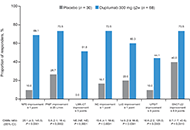
Open Access
Review
Multiple chemical sensitivity: a review of its pathophysiology
Cătălina Elena Lavric ... Frédéric de Blay
Published: July 29, 2024 Explor Asthma Allergy. 2024;2:350–362
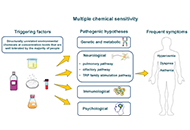
Open Access
Original Article
Impact of reduced COVID-19 restrictions on pediatric recurrent respiratory infections in Southern Italy: a cross-sectional analysis
Cristiana Indolfi ... Michele Miraglia del Giudice
Published: July 24, 2024 Explor Asthma Allergy. 2024;2:340–349
This article belongs to the special issue Asthma, Allergies, and Respiratory Infections in Pediatric Age
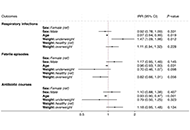
Open Access
Review
The search for still unknown pathomechanisms of allergy
Gualtiero Leo ... Stefania Arasi
Published: July 22, 2024 Explor Asthma Allergy. 2024;2:329–339
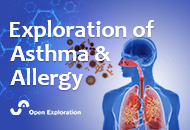
Open Access
Original Article
Long-term evaluation of omalizumab therapy in patients with severe allergic asthma
Karl-Christian Bergmann ... Torsten Zuberbier
Published: July 19, 2024 Explor Asthma Allergy. 2024;2:319–328
This article belongs to the special issue The Era of Biologics in Allergy
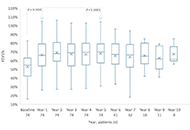
Open Access
Review
The impact of occupational exposures on chronic rhinosinusitis: a scoping review
Aurelia S. Monk ... Adam J. Kimple
Published: July 19, 2024 Explor Asthma Allergy. 2024;2:301–318
This article belongs to the special issue Environment, Infectious Diseases, and Allergy
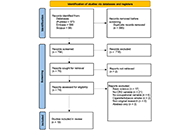
Open Access
Review
A treatable traits approach for asthma in a post-COVID era
Yuto Hamada ... Peter Gerard Gibson
Published: June 27, 2024 Explor Asthma Allergy. 2024;2:287–300
This article belongs to the special issue The Global Picture of Asthma after Guideline Changes and the COVID Pandemics
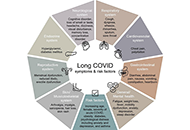
Journal Information
 Previous
Previous